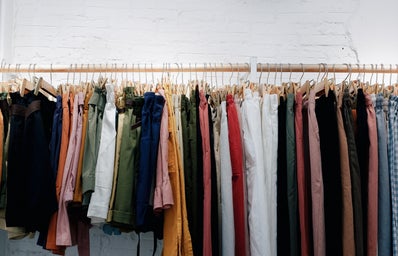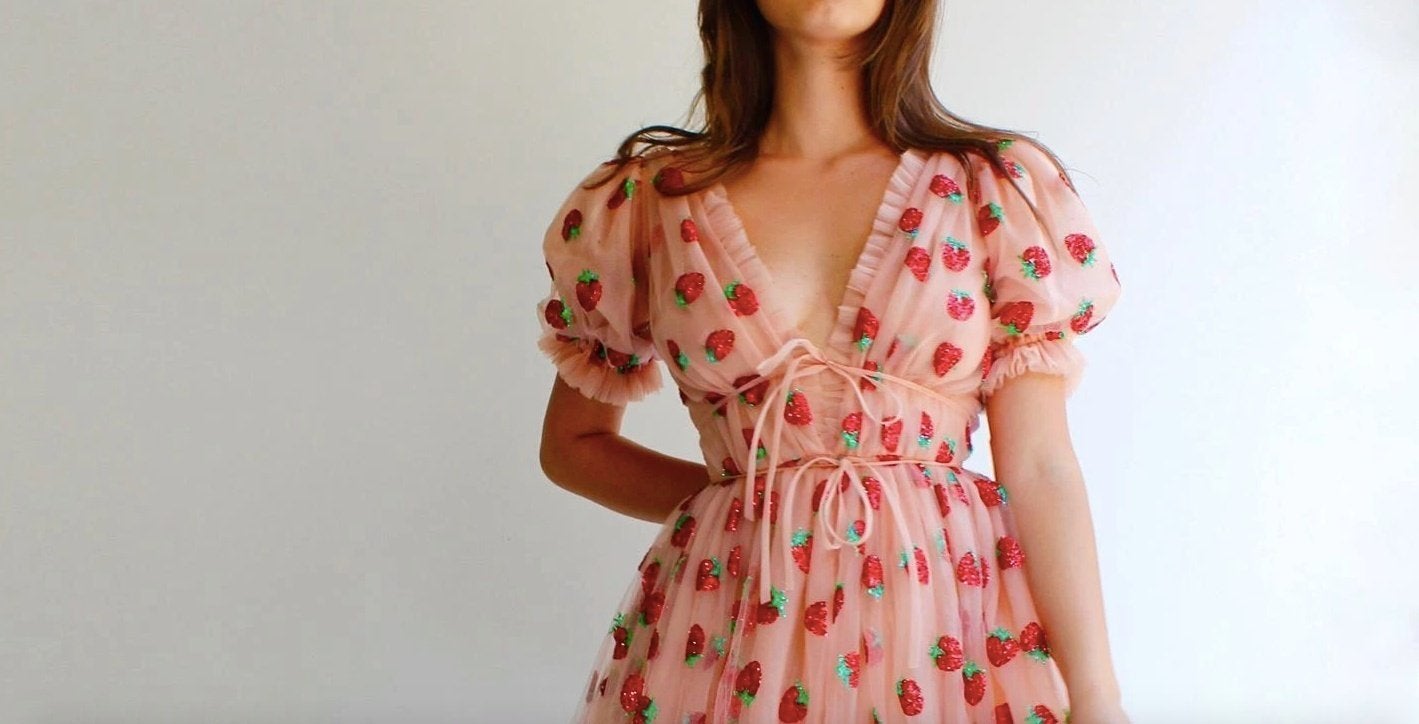It’s no surprise that trends come and go, but excessively purchasing an item only to have it go out of style a year later can actually be detrimental in many ways. Not only do most people regret buying these fashion staples later on, but they then tend to gravitate toward new clothing that is popular, repeating the cycle. Microtrends can also have effects on the environment, labor exploitation as well as stealing from small creators, and waste of clothing. Included in this article will be methods for ensuring you are not accidentally contributing to this practice or are doing so with caution.
Environmental impact/waste
To keep up with the newest trends, it is common for individuals to overshop and be attracted to pieces deemed stylish for that year. Once the trend expires, all these clothes end up in landfills or are discarded with almost hundreds of millions of tonnes of waste that is set to increase in the next eight years according to the BBC. Most of these clothes do not end up recycled due to the quality of the fabrics and materials it is made of and is left to decompose for years. If clothes started being manufactured through recyclable materials, some of which include plastic water bottles, or incorporating sustainable dyes such as algae, it would significantly help reduce non-renewable resource use. Opposite of renewable materials is the fast fashion spectrum, which produces clothing in immense quantities with synthetic fibers that cannot be recycled and are meant to only be worn a few times with its flimsy quality. Although fast fashion is a cheaper alternative and can often be necessary for those needing clothes that cannot afford the prices that stores or online websites list, it is still best to purchase second-hand or sustainably if one is able to. Often times the companies that aim to be eco-fashion friendly can charge high prices that a majority of the population could not afford routinely. However, if only purchased once or a few times, they have the ability to be kept longer or discarded sustainably.
Labor exploitation and stealing from small creators
When a company grows substantially, it becomes more common for them to hire more workers, thus lowering their wages. This is especially true with fast fashion brands that often utilize workers in dire need of funds by paying them with barely livable salaries. Many of the production facilities are overseas and in harsh working environments that expose the workers to toxic chemicals from the synthetic quality of the material they are required to work with. Since fast fashion is one of the leading contributors to microtrends and quantity is valued over quality, these workers are expected to produce an overwhelming amount of clothes in these conditions. These companies also compile their designs by stealing from other small creators. Quite a few business owners claim their patterns or designs were stolen and resold on fast fashion websites, which all of them did not receive proper credit for. Once these patterns are used up, they become insignificant to consumers and can affect the business from where the original design came from. For reference, crocheted tops were rising in popularity in early 2021, but whenever a design became well-known, the creator found themselves overshadowed by these big-name corporations while they did not receive proper profits for all the handiwork they had done.
Examples of microtrends
The rise of the microtrend seemed to gain prominence in 2020, most likely because of the convenience of purchasing clothes for lower prices online during quarantine when financial stability faltered. Here are a few examples that some people have claimed they view as a microtrend.
Patchwork Jeans
Patchwork jeans were a rising trend in 2021 as denim was starting to make a comeback from the 90s and 2000s. However, it seems most people have begun to donate them for more conventional jeans they can use.
The “strawberry dress”
During quarantine in 2020, the “strawberry dress” became a massive hit despite its targeted price of $490. Now it seems more synonymous with the beginning of COVID than in recent years.
Marble dress
This example is actually more recent as it is now becoming more noticed in stores. There are many who suspect it will soon become another microtrend.
Search your closet and style
Before you seem so sure you must have the new fashion staple, consider whether it is something you would see yourself wearing long-term. You should not be compelled to buy something just because it is on-trend and do not think what you have would be sufficient, as I often found myself feeling as well. There are so many possibilities to style, such as layering a simple tank top or switching up color schemes from your closet. If finding new clothes or exploring a new style is your passion, (which I understand and relate to), or is a necessity, shopping second-hand is a favorable alternative.



